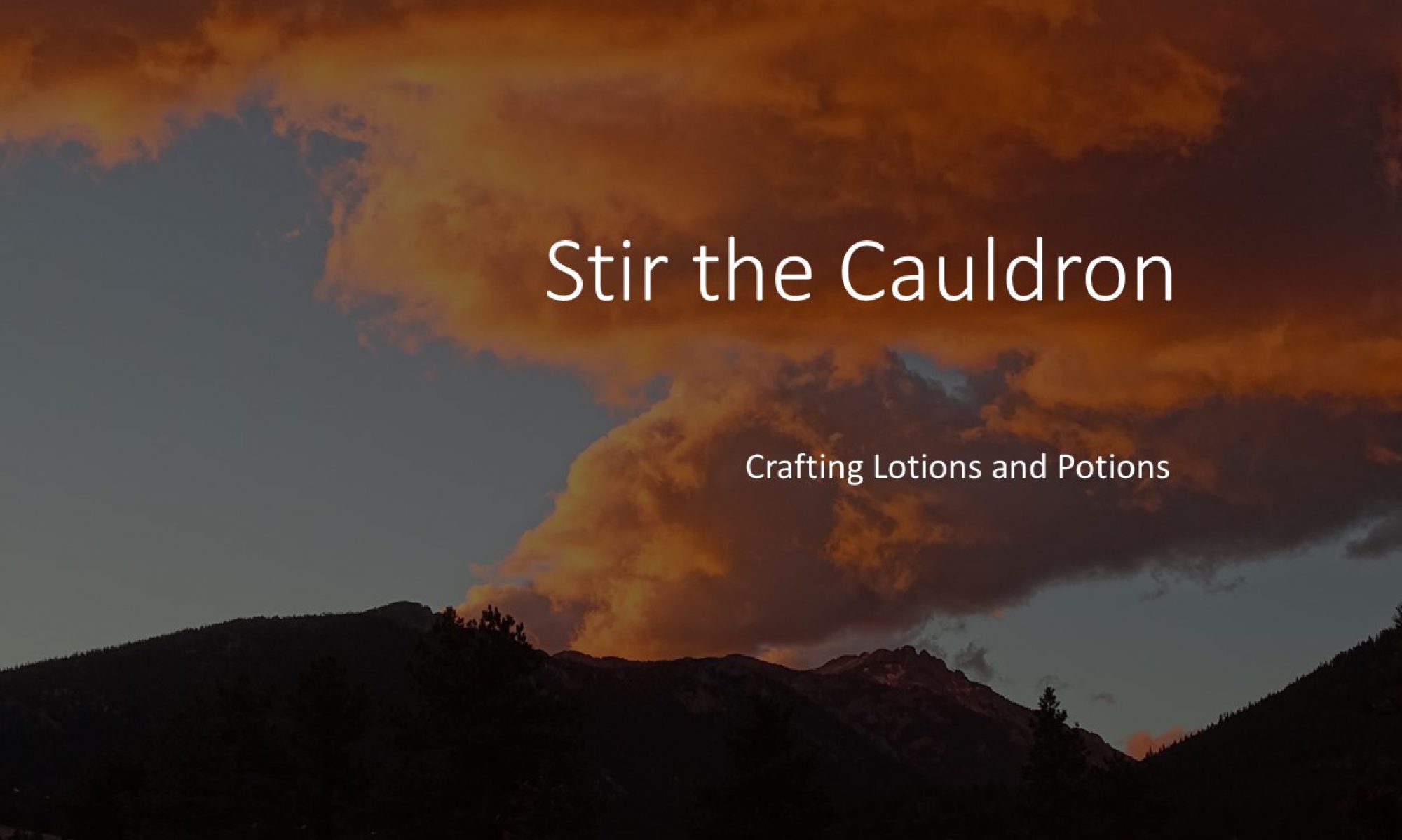It’s nearing the end of July, and already there are ripening sloes in the hedgerows. It’s time to decant the sloe gin I made last year so I can re-use the bottles. Last year’s makings have a deep ruby colour.

Sloes are the fruit of the blackthorn bush prunus spinosa. They are small, a blue shade of purple when ripe, often with a white bloom on the surface. They are very bitter to taste, and that’s why the only common use for them is making sloe gin.

Awe Inspiring Images/Shutterstock
Making sloe gin is not difficult. While many recipes suggest you can make it in the Autumn and it will be ready to drink by the end of December, I prefer to leave mine to macerate for just under a year. This year I will drink the sloe gin I made last year, and perhaps some will find its way as presents to a favoured few. Last year I struggled to find the sloes to make a modest quantity of sloe gin, so any recipients this year will be very favoured!
My recipe is very easy to remember:
A pound of sugar, to
A pound of sloes, to
A (20 ounce UK) pint of gin.
If you are making your sloe gin in 750 ml or 700 ml bottles, that scales down for each bottle to:
200 g of sugar, to
200 g of sloes, to
250 ml of gin.

Tradition has it that the sloes are best picked after the first frost. It is also traditional to prepare the sloes by pricking each one six times with a needle. I feel no need to follow these traditions. There are easier ways of doing things.
I pick the sloes when the flesh gives slightly when they are squeezed. You could taste one, but they are seriously bitter, even when fully ripe.
I offer three ways to prepare the fruit so the skins are broken and the sugar and gin can penetrate.:
One. Take each individual sloe and prick it with a needle (for the traditionalists).
Two. Lay the sloes out on a tray and hit them with a clean wire brush (the sort used for cleaning barbecque grills). Theraputic.
Three. Freeze the sloes, thereby simulating the first frost and splitting their skin so the sugar and gin can penetrate.
After that, the preparation is very easy. Put measured quantities of sloes, sugar and gin into glass bottles, leaving a small airspace so you can shake the bottles and agitate the contents.



Store the bottles away from direct sunlight, but not so well hidden that you forget to shake them about once a week for the first couple of months.

Give them the occasional shake until you are ready to harvest sloes the following year. Then strain the liquid from the fruit:

I know of people who remove the stones from the fruit and use it as you might use dried fruit in cereal or a pudding. I compost the remains because I find the task of removing the stones rather fussy, and I’m not sufficiently enthusiastic about eating the soused fruit remains.
After letting any sediment settle out, decant the liquid into bottles:

The blackthorn bushes are laden with much more fruit than last year, and the fruit is almost ripe. It seems the hedgerows contain more fruit of many types this year. I’m hoping for a bumper crop, for me and for the wildlife that depends upon the hedgerows.
